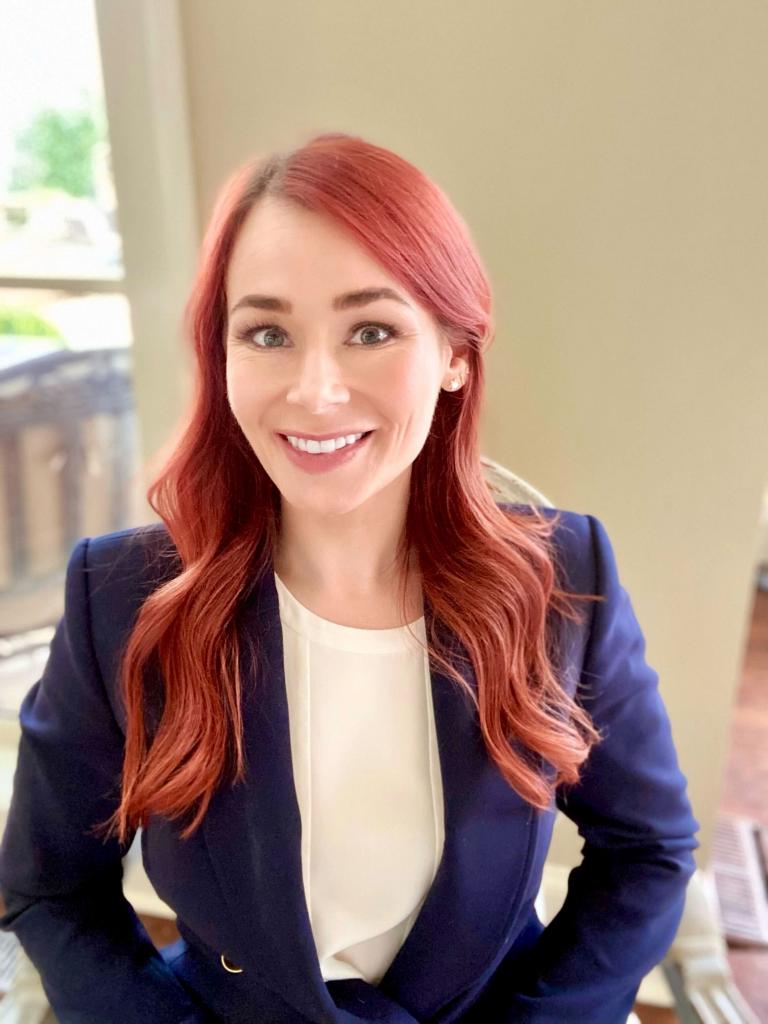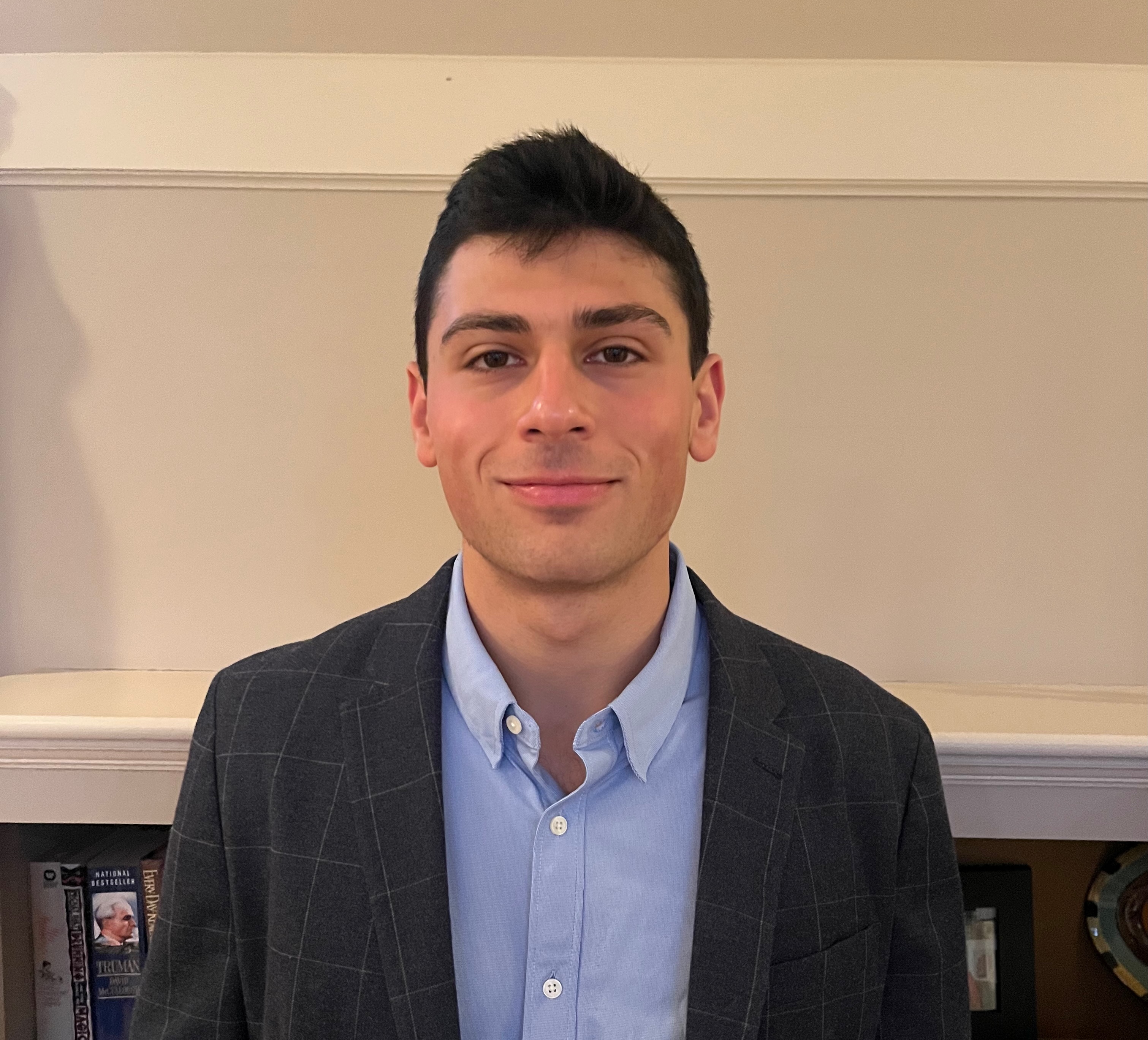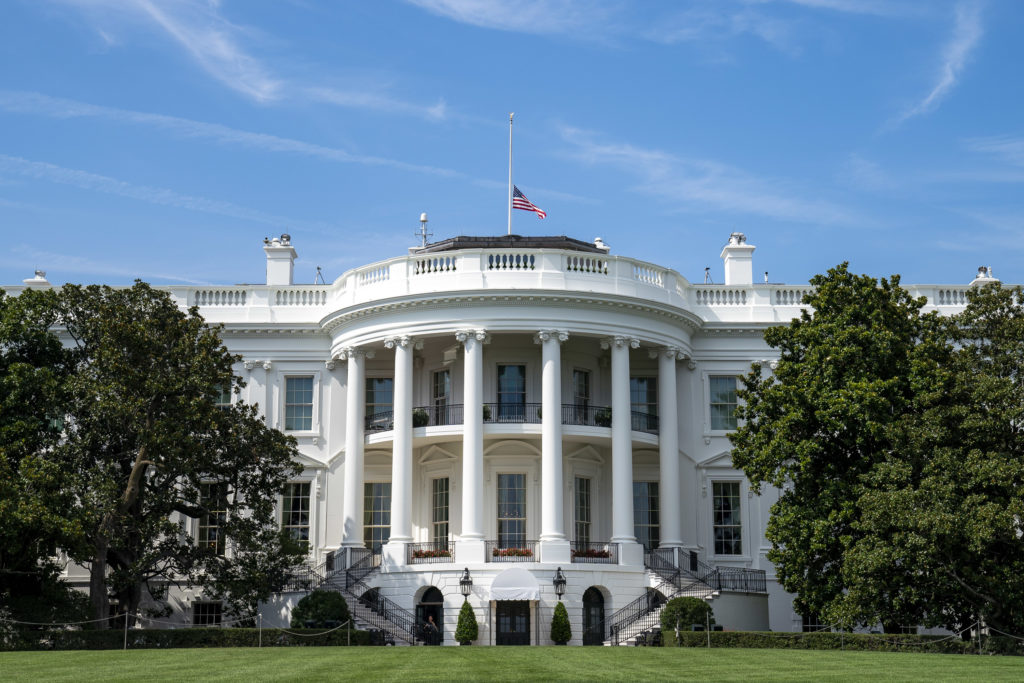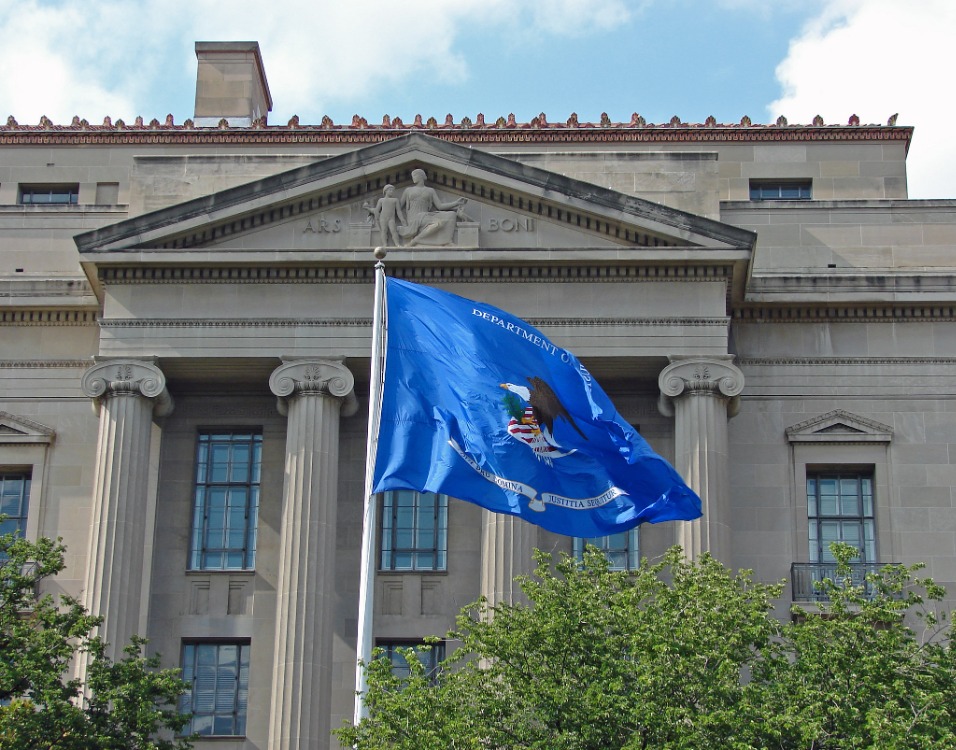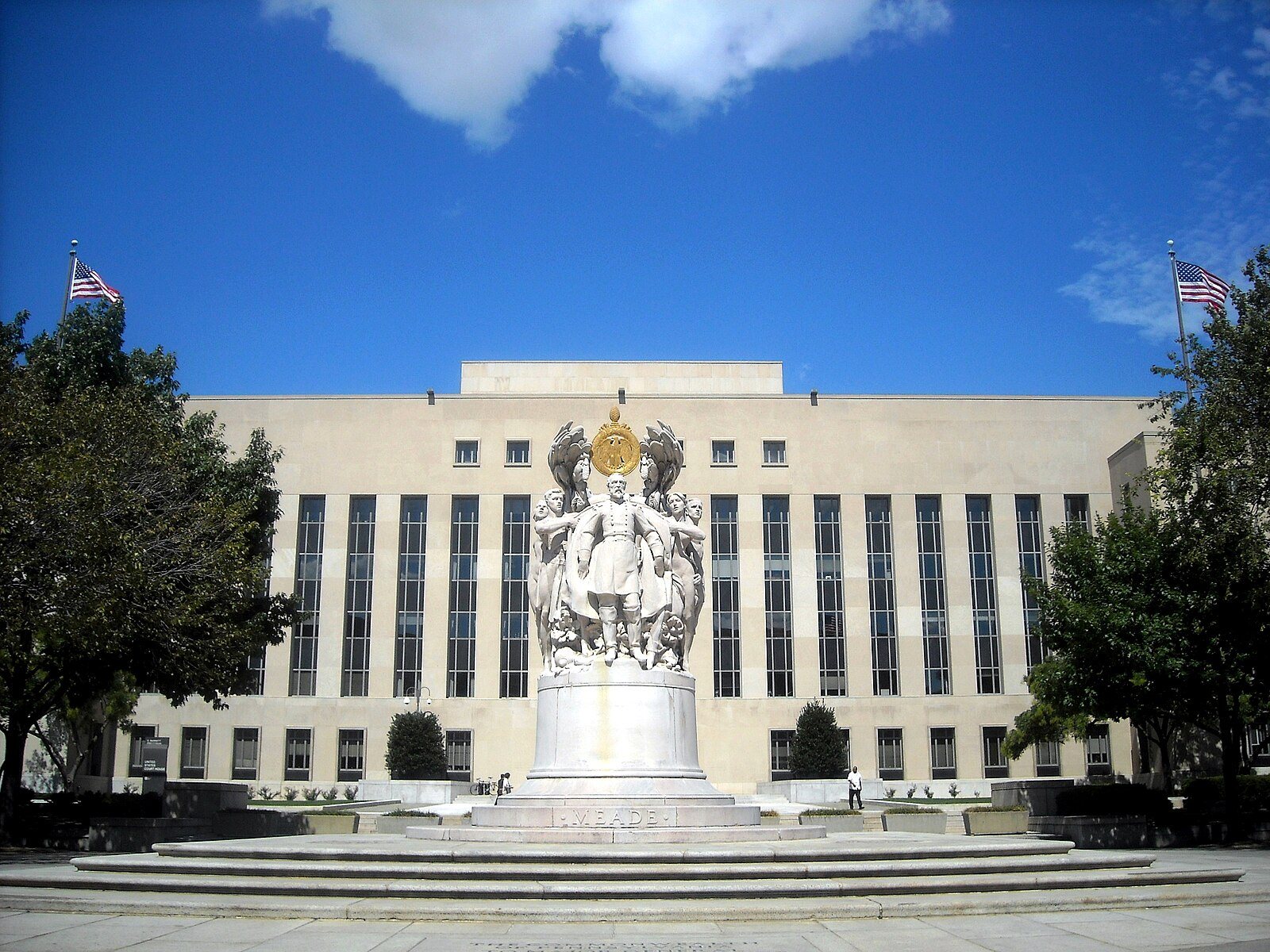The Superseding Trump Indictment Charts Jack Smith’s Path Forward

Published by The Lawfare Institute
in Cooperation With

On Tuesday, Special Counsel Jack Smith unveiled a superseding indictment of Donald Trump in Washington, D.C., for his effort to overturn the 2020 election. Trump, for his part, didn’t wait long to weigh in. Posting on Truth Social, he declared the indictment “ridiculous” and part of “the single greatest sabotage of our Democracy in History.” The former president seemed particularly insulted that the grand jury handed up a superseding indictment “immediately after our Supreme Court Victory on Immunity and more.” The action, he wrote, was “shocking.”
The decision to file a superseding indictment was, in fact, something less than shocking. The new indictment was clearly fashioned by Smith’s team precisely in response to that same Supreme Court ruling finding broad presidential immunity from criminal prosecution—and specifically to bring it into compliance with the high court’s ruling. Smith has stripped out portions of the original indictment that were newly and definitively forbidden under the Court’s decision, and he tweaked others, seeking to streamline the charges and make them viable to move forward under the ruling so that the case itself can proceed. The Supreme Court hasn’t prohibited prosecution altogether—and Smith is proceeding accordingly.
“Smith rewrote the exact same case in an effort to circumvent the Supreme Court Decision,” Trump complained. He’s not entirely wrong—although he would have done well to replace the word “circumvent” with “follow” or “comply with.” The Court’s instructions were opaque, leaving U.S. District Judge Tanya Chutkan with a difficult task in sorting through what was left of the prosecution on remand. With this superseding indictment, Smith is not just discarding the elements of the case that the Court has ruled out but is also offering his own interpretation of Chief Justice John Roberts’s reasoning.
Trump is, however, correct that the superseding indictment is actually not that different from the original one. In fact, most of the language is the same. And there’s very little new here: Smith appears to have chosen to proceed with less of what he had, instead of trying to supplement it with many additional facts or arguments. In a notice filed with the Court alongside the superseding indictment, the special counsel indicates that the indictment “was presented to a new grand jury that had not previously heard evidence in this case”—confirming that Smith was able to secure the grand jurors’ votes for these charges against Trump even with a slimmer folder of evidence on hand.
What follows is an analysis of how the superseding indictment differs from the original one and an analysis of what the changes suggest about Smith’s approach to litigating the case.
In its ruling, the Supreme Court set out three general categories of presidential conduct that interact differently with the immunity it found for official presidential conduct: The president is absolutely immune for a core category of conduct at the dead center of his constitutional authority. The president is presumptively immune, and maybe absolutely immune, for other official conduct outside that core. And the president enjoys no immunity for unofficial conduct.
At least one category of conduct in the original indictment—Trump’s effort to pressure Justice Department officials into overturning the election, with the help of Jeffrey Clark—falls into the first category, the majority held. Roberts declared unambiguously that “Trump is … absolutely immune from prosecution for the alleged conduct involving his discussions with Justice Department officials.”
That didn’t leave Smith a lot of wiggle room on the section of the original indictment accusing Trump of attempting to decapitate the Justice Department and replace its leadership with the one political appointee who was eager to use its power to overturn state vote counts Trump had lost. Unsurprisingly, the superseding indictment therefore removes most, if not all, of the material describing Trump’s interactions with the Justice Department. Highlighting Clark’s absence, perhaps unintentionally, the special counsel airbrushes co-conspirator 4, presumed to be Clark, out of the document entirely—moving directly from co-conspirator 3 to co-conspirator 5 in the introductory section of the indictment.
By way of removing the Justice Department episode from the indictment, the superseding indictment does not mention Trump’s phone call with Clark on the morning of Dec. 27, which appears to have led Trump later in the day to float the possibility of appointing Clark as acting attorney general. And it doesn’t mention Clark’s draft letter to state officials in Georgia making several false allegations of election fraud in the state, and notifying state officials that the Justice Department backed these claims and supported the convening of a special legislative session to allow for the selection of fake electors.
Beyond cutting out a significant part of the story behind Jan. 6, these deletions also end up doing away with a good bit of the evidence that Trump knew his claims of election fraud were false. No longer can Smith point to the fact that the Justice Department had investigated these accusations and told Trump that they were meritless. Seemingly to help patch that hole, Smith has added in additional references to other sources who informed Trump that he had lost—like his “running mate and his campaign staff,” the courts (which rejected his campaign’s efforts to relitigate the election), and state officials (in public statements). Smith also notes twice, in another new addition, that Trump’s insistence on election fraud was “objectively unreasonable.”
But after slicing out the portions on the Justice Department, Smith chose to keep the rest of the indictment largely intact—with some adjustments around the edges. Apart from the Court’s assertion that Trump’s interactions with the Justice Department were absolutely immune, the ruling doesn’t reach firm conclusions on how to understand his immunity for other conduct, instead remanding the matter to the district court. So Smith is here making an argument for a broad range of prosecutable conduct, albeit within the boundaries set around him by the Court. Put in more tactical terms, he is betting that he can persuade Judge Chutkan—and eventually at least two of the justices who signed on to the majority opinion—to let him proceed with the rest of the indictment with modest adjustments to emphasize the nonofficial and public nature of the conduct in question.
Consider, for example, Trump’s efforts to bully state officials into overturning the election—like his famous phone call to Georgia Secretary of State Brad Raffensperger demanding that Raffensperger “find 11,780 votes,” or his berating of Arizona Speaker of the House Rusty Bowers to hold a hearing over false claims of election fraud. During oral argument, Trump’s counsel John Sauer suggested that such conversations constituted official acts for which Trump should be immune. Despite several justices’ skepticism toward Sauer’s expansive position, the majority opinion seems open to this view, suggesting that “the President may speak on and discuss such matters with state officials … to encourage them to act in a manner that promotes the President’s view of the public good.” But the Court ultimately doesn’t resolve the question of whether this is immune official conduct one way or another.
Smith could have backed down and edited this material out of the indictment as well, but he chose not to. By leaving it in, largely unchanged, he’s asserting that such actions are unofficial and therefore open to prosecution. It is possible that Smith is planning to make a different argument here that the Supreme Court decision would also invite—that these acts are only presumptively immune and that he can rebut that presumption—but the specific tweaks to the allegation suggest he is planning the former approach.
To wit, Smith seeks to highlight the unofficial nature of this and other conduct by adjusting the indictment to emphasize at many points that Trump’s actions were taken in his capacity as a candidate instead of a governing president, and to portray those around him as campaign workers and private actors. This is an echo of the ruling by the U.S. Court of Appeals for the D.C. Circuit in Trump v. Blassingame—holding that Trump might be held liable in a civil suit over Jan. 6 precisely because his alleged conduct around Jan. 6 involved his behavior as a candidate, rather than a president, and as such was outside the “outer perimeter” of the presidential office under Nixon v. Fitzgerald and thus not subject to immunity.
The Supreme Court gestured repeatedly toward Blassingame in its ruling in the criminal immunity case, though it stopped well short of adopting Blassingame’s approach in the criminal context. Nonetheless, given that the majority didn’t provide any guidance for such a test—despite Justice Amy Coney Barrett’s suggestion, in her concurrence, that it should have—applying a Blassingame-like framework is probably Smith’s best bet for anticipating the high court’s evaluation of the official-unofficial distinction in presidential behavior in this context. Smith may also be capitalizing on Trump’s endorsement of the Blassingame framework at oral argument, where his counsel called it a “very persuasive test” that would be a “great source for this Court to rely on” when distinguishing between official and unofficial acts.
At the very beginning of the superseding indictment, Smith adds that Trump “was a candidate for President” and that Trump “used his Campaign to repeat and widely disseminate” false claims of election fraud. Smith sprinkles these additional references to Trump’s campaign throughout the indictment—adding, for instance, that on Dec. 8, the day after the Georgia secretary of state’s chief operating officer debunked election fraud claims made by Rudy Giuliani, Trump “not as President but in his capacity as a candidate for office—moved to intervene and join [a] state attorney general’s lawsuit” seeking to invalidate election results.
Smith also adds a paragraph in the new indictment that addresses the Supreme Court’s view that much, if not most, of Trump’s social media posts are “official” conduct, as they allowed him to communicate with the public as president. The special counsel writes that although Trump “used his Twitter account to communicate with the public, as President, about official actions and policies,” Trump also “regularly used it for personal purposes—including to spread knowingly false claims of election fraud, exhort his supporters to travel to Washington, D.C. on January 6, pressure the Vice President to misuse his ceremonial role in the certification proceeding, and leverage the events at the Capitol on January 6 to unlawfully retain power.”
In addition to the campaign-focused substance and methods of Trump’s claims, it also matters—according to the indictment—that most of Trump’s allies in the effort to advance these claims were private actors residing outside the government. Before Smith lists them in the indictment, he adds that the co-conspirators were not “government officials during the conspiracies” and that they were “all … acting in a private capacity.” Smith also labels individual co-conspirators as private actors. He describes co-conspirator 1 (presumed to be Rudy Giuliani) as “a private attorney whom the Defendant put in charge of his campaign's litigation efforts”; co-conspirators 2 and 3 (presumed to be John Eastman and Sidney Powell) as a “private attorney[s]”; and co-conspirator 6 (who has not been definitively identified) as a “private political consultant.”
Similarly, later in the indictment, Smith revises his description of one of the presenters of election fraud claims to the Georgia State Senate from “[a]n agent of the Defendant” to “[a] Campaign attorney.” This effort in the new indictment to identify the nonofficial functions of individuals working with Trump is especially apparent in Smith’s description of Mark Meadows, Trump’s chief of staff, whom Smith says “sometimes handled private and Campaign-related logistics for the Defendant.” Smith also adds in references to Trump’s interactions with individuals affiliated with the campaign—like Republican National Committee Chairwoman Ronna McDaniel—who hadn’t appeared previously.
Smith has made similar edits to the portion of the indictment concerning Trump’s conduct around the specific events of Jan. 6: his initial December tweet encouraging his supporters to gather in D.C. on that day, his speech that morning, and his encouragement of the riot as it got underway, largely through Twitter posts. Here, the Court gestured at the president’s responsibility to “comment on … matters of public concern” but recognized that a president may sometimes also “speak[] in an unofficial capacity—perhaps as a candidate for office or party leader.” Again, Smith chose to keep the bulk of this material intact. But Smith’s specific tweaks suggest he will likely plan to take up the Court’s invitation to argue that these statements were unofficial.
In what is perhaps the most significant of Smith’s additions to emphasize Trump’s position as a campaigner for president is the statement in the indictment that Trump,
continued his lies through the day of the certification proceeding on January 6. That morning, the Defendant gave a Campaign speech at a privately-funded, privately-organized political rally held on the Ellipse in Washington, D.C. During the speech, the Defendant used many of the same unsupported, objectively unreasonable, and publicly disproven lies to exhort the gathered crowd to march to the Capitol.
Smith includes another category of factual claims in the indictment designed to support the argument that Trump’s conduct was fundamentally and institutionally of an unofficial character. According to language added to the superseding indictment, Trump couldn’t have been acting in any capacity other than as a candidate because he “had no official responsibilities related to any state’s certification of the election results.” Smith repeats this later, adding that Trump “had no official responsibilities related to the convening of legitimate electors or their signing and mailing of their certificates of vote.” And Smith notes that Trump “had no official” responsibilities related to Congress’s certification of the election on Jan. 6.
This new emphasis on Trump’s lack of official responsibilities in relation to the electoral count is crucial for how the superseding indictment addresses the pressure on Vice President Mike Pence. Recall that Trump sought to bully Pence into leveraging his role presiding over the formal electoral count as president of the Senate to somehow swing the vote for Trump—a demand that Pence refused. The Court declared that “Trump is at least presumptively immune from prosecution for such conduct,” on the grounds that “our constitutional system anticipates that the President and Vice President will remain in close contact regarding their official duties.”
It is Smith’s obligation, the high court contends, to rebut that presumption. And in his handling of the Pence allegations, he’s signaling that he intends to do just that. Throughout the superseding indictment, nearly every reference to Pence has been augmented with a reference to his role on Jan. 6 as president of the Senate, almost like a Homeric epithet. The suggestion is that Trump’s pressure on Pence couldn’t have been related to the former’s “official duties”—especially given that Pence was playing a constitutional role in presiding over the legislative branch, over which the president has no authority. To drive this point home, the superseding indictment states, “All of the conversations between the Defendant and Vice President described below focused on the Defendant maintaining power.”
Though Smith seems to intend to stick to his guns on the non-immune nature of Trump’s conduct toward Pence, these sections of the superseding indictment are swiss-cheesed with deletions from the original charges. Many of the details of Trump’s Oval Office conversations with or concerning the vice president have been cut. That emerges because of another aspect of the Court’s ruling—that not only is the president immune from prosecution for official acts, but that prosecutors also can’t point to such acts as evidence in the process of prosecuting the president for unofficial activity for which he’s not immune.
But not all evidence of official acts is forbidden. Roberts suggests in a footnote that “the prosecutor may point to the public record to show the fact that the President performed the official act.” What does this mean? As Anna Bower and Benjamin Wittes have examined, it’s not clear. Among other things, the opinion contains no definition of what constitutes a “public record.”
This point is subtle, and it actually does not allow the inclusion in the indictment of immune acts. The essence of immunity, after all, is that you can’t be charged for those acts as a crime. But the relevant footnote might permit some of the material stripped from the indictment to come back at trial in the form of public record evidence of the performance of the official act.
For example, the “public records exception” in footnote 3 could conceivably apply to some evidence stripped from the indictment in the section that addresses Trump’s “exploitation of the violence and chaos at the Capitol.” Specifically, Smith now omits from that section a series of allegations regarding public statements Trump posted on Twitter. The deletions include the prosecution’s description of a video message Trump taped in the White House Rose Garden, which he posted to Twitter hours after the mob at the Capitol forcibly disrupted the counting of electoral votes. In the video, according to the original indictment, Trump repeated the “knowingly false claim” that the election was stolen and “finally asked individuals to leave the Capitol, while telling them that they were ‘very special’ and that ‘we love you.’”
It seems likely that Smith removed this tweet and other public statements posted by Trump based on a calculation that they are probably official acts under the Supreme Court’s opinion. They do, after all, reflect Trump “speaking to and on behalf of the American people” about an issue of national importance. But even if those statements are otherwise immune in the sense that Trump cannot be prosecuted for them and they must be stripped from the indictment, footnote 3 suggests that they may be admissible for some specific evidentiary purpose at trial because they are reflected in a public record.
Depending on how aggressively Smith attempts to press the matter, the footnote might also apply to other categories of material removed from the indictment. For example, some of the deleted allegations involving Trump’s conduct toward and communications with executive branch officials are also contained in other public records. The point is that some of the allegations stripped from the indictment may not be stripped from the case entirely. Depending on how courts interpret footnote 3, Smith may yet be able to present some of the deleted material to a jury.
So what’s next for the Jan. 6 case? Smith has made an attempt to streamline the process without ceding unnecessary ground. But a great deal of uncertainty remains—in large part because Judge Chutkan will be figuring out the contours of the Supreme Court’s ruling in real time. As Trump’s Truth Social posts forecast, the former president seems all but certain to challenge Smith’s expansive approach to categorizing conduct as open to prosecution. How will Chutkan sort through these questions? How will she determine whether the special counsel has effectively rebutted Trump’s presumptive immunity, and distinguish between presumptively immune conduct and conduct that is altogether unofficial? What material stripped from the indictment, if any, might she allow back in the form of evidence? And crucially, will the D.C. Circuit and the Supreme Court agree with how she answers these questions—all of which will be litigated before the case can go to trial?
Of course, with the election coming in just over two short months and no prospect of a trial any time soon, the question of the case’s ultimate political vitality looms over the entire superseding indictment. The fact that this prosecution would likely not survive Trump’s possible victory in November is undoubtedly obvious to both Smith and Judge Chutkan, although it’s impossible to say the extent to which this will enter into their calculus. Trump, for his part, has made the issue explicit: “The people of our Country will see what is happening with all of these corrupt lawsuits against me,” he wrote on Truth Social in response to the superseding indictment, “and will REJECT them by giving me an overwhelming Victory on November 5th for President of the United States.”

